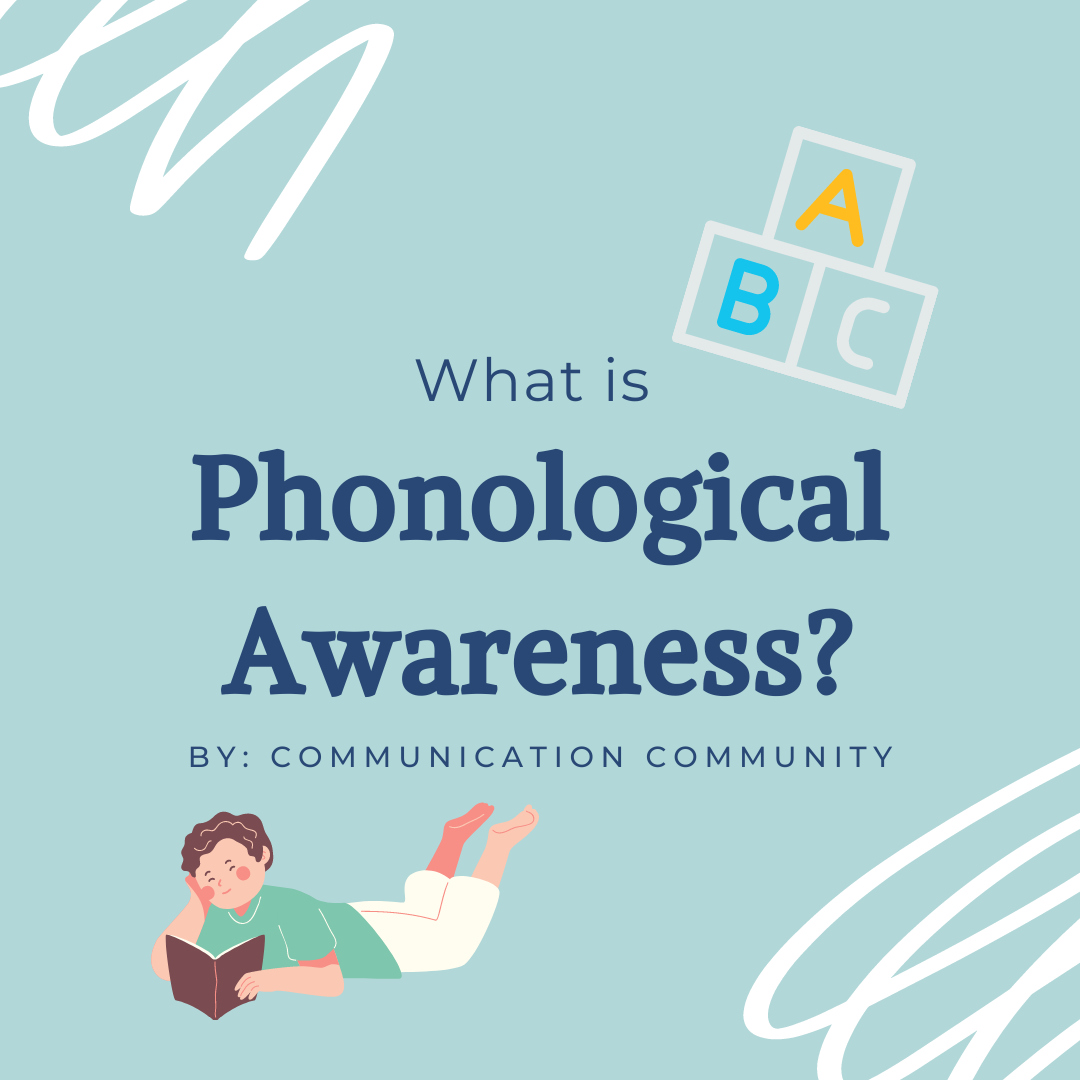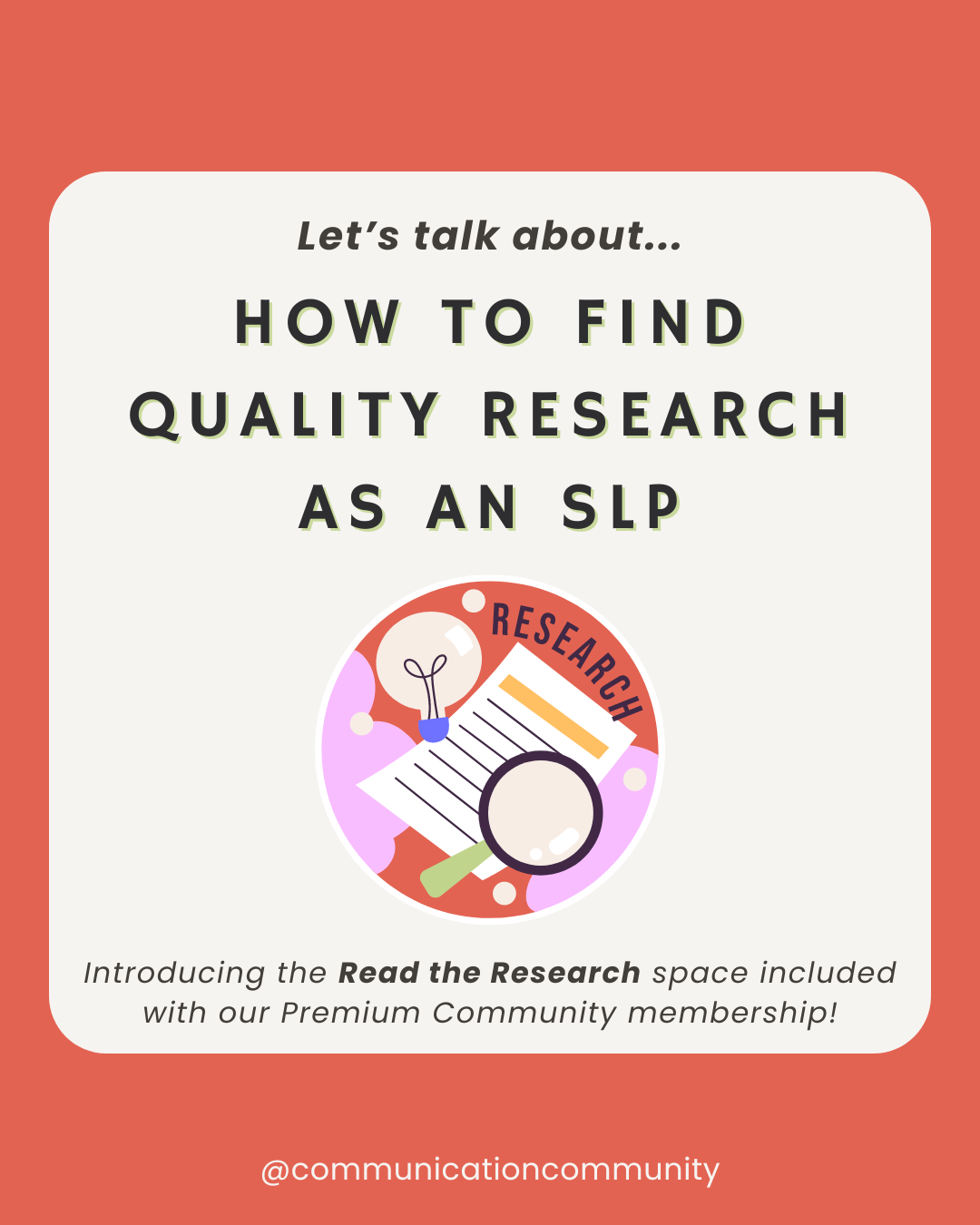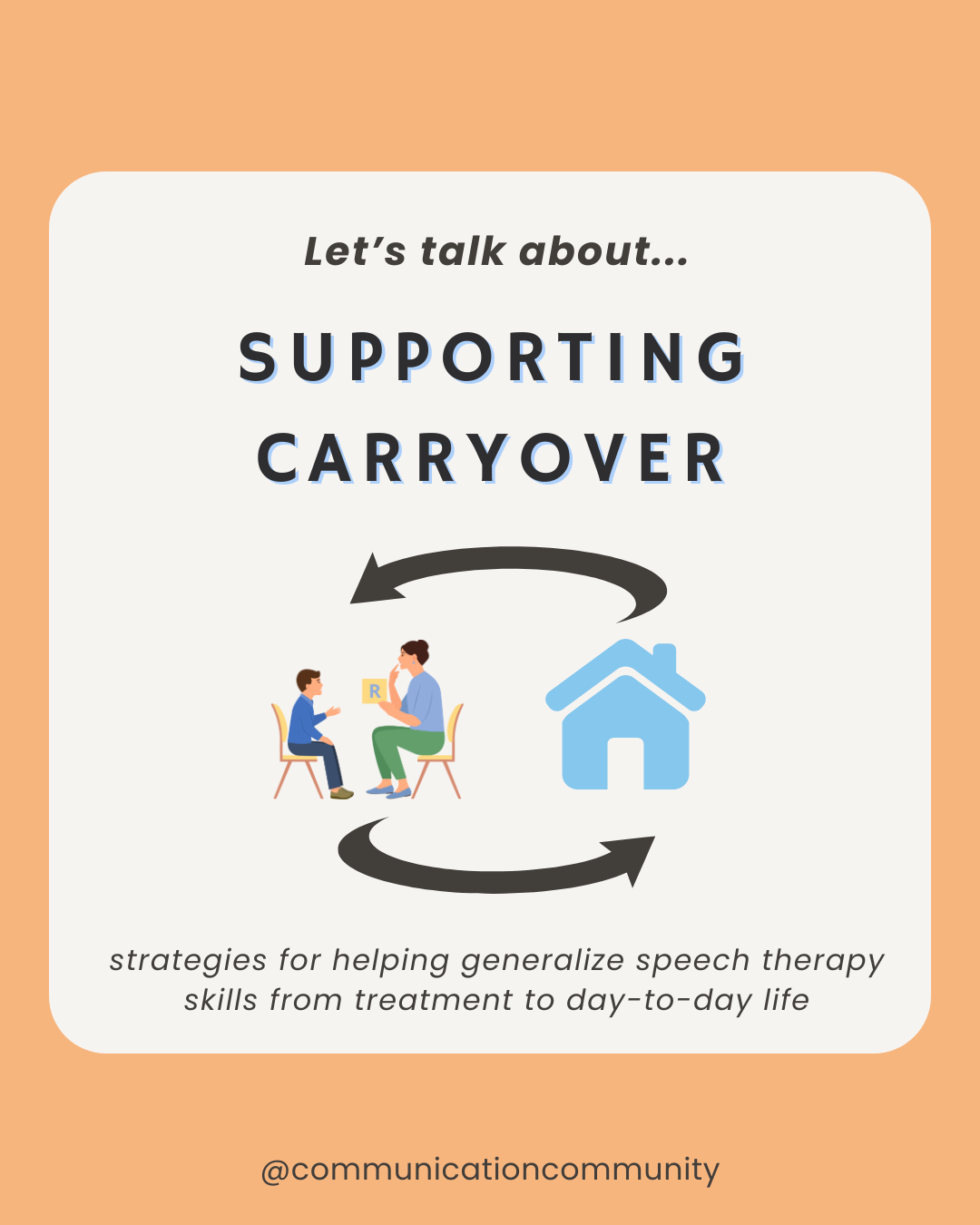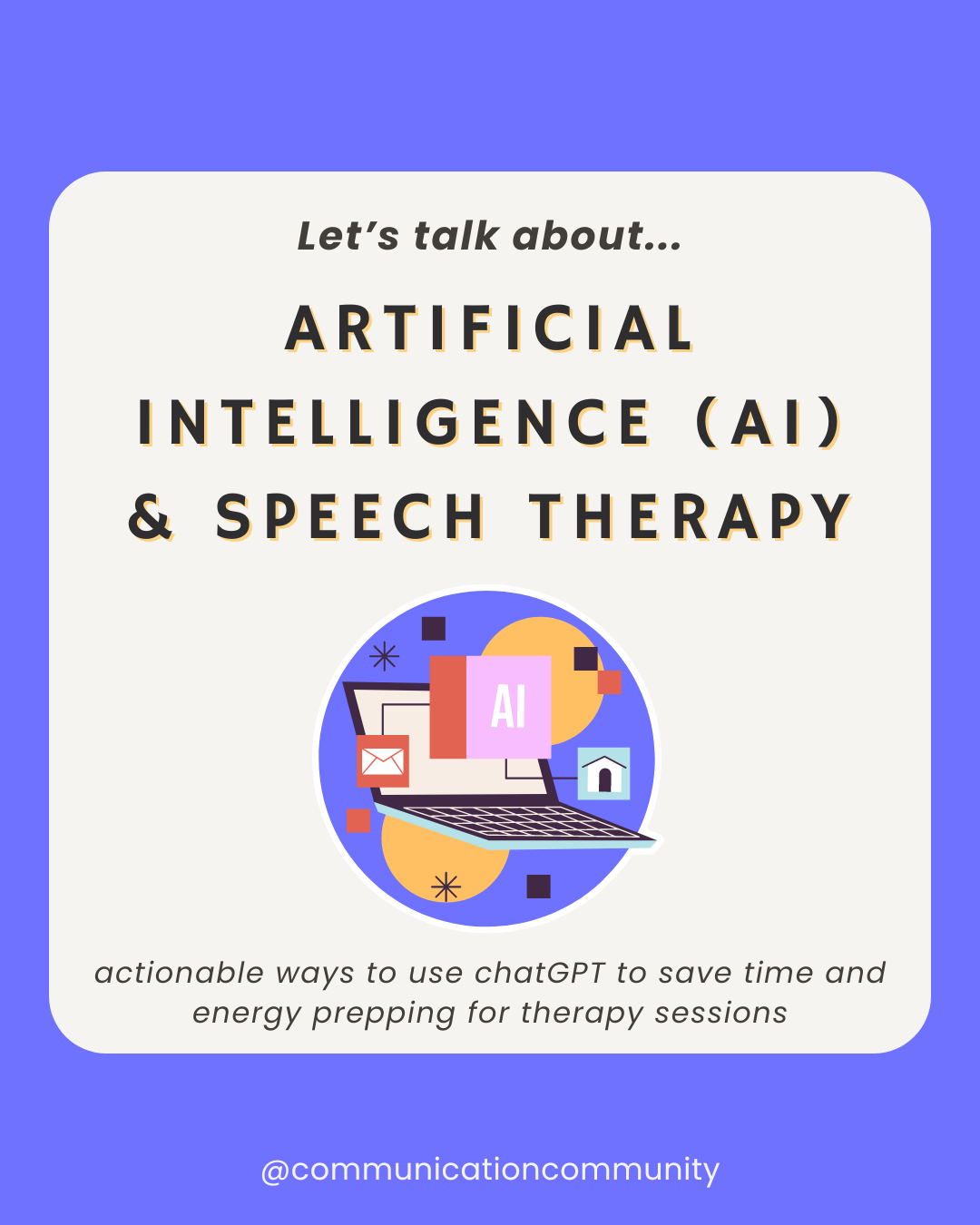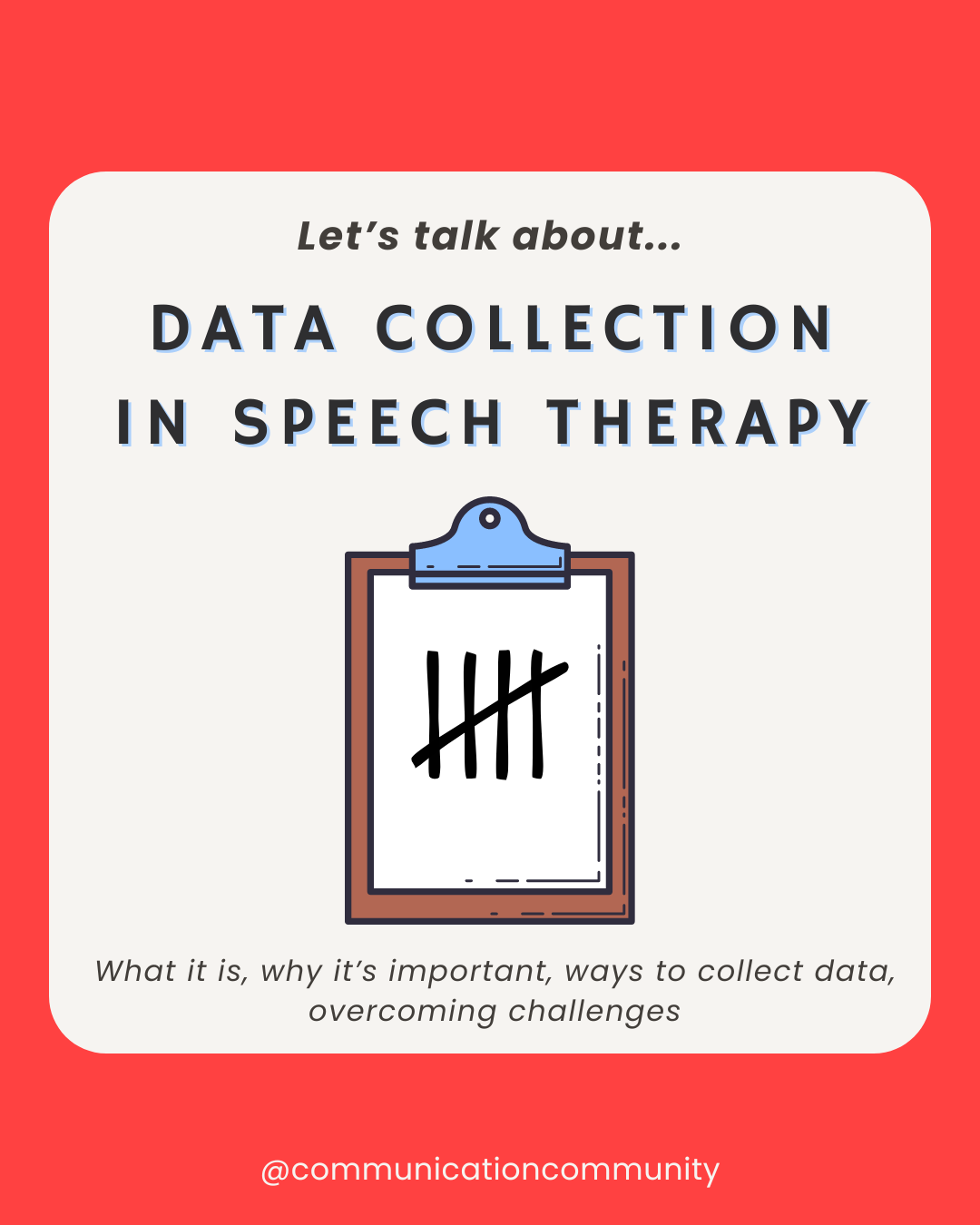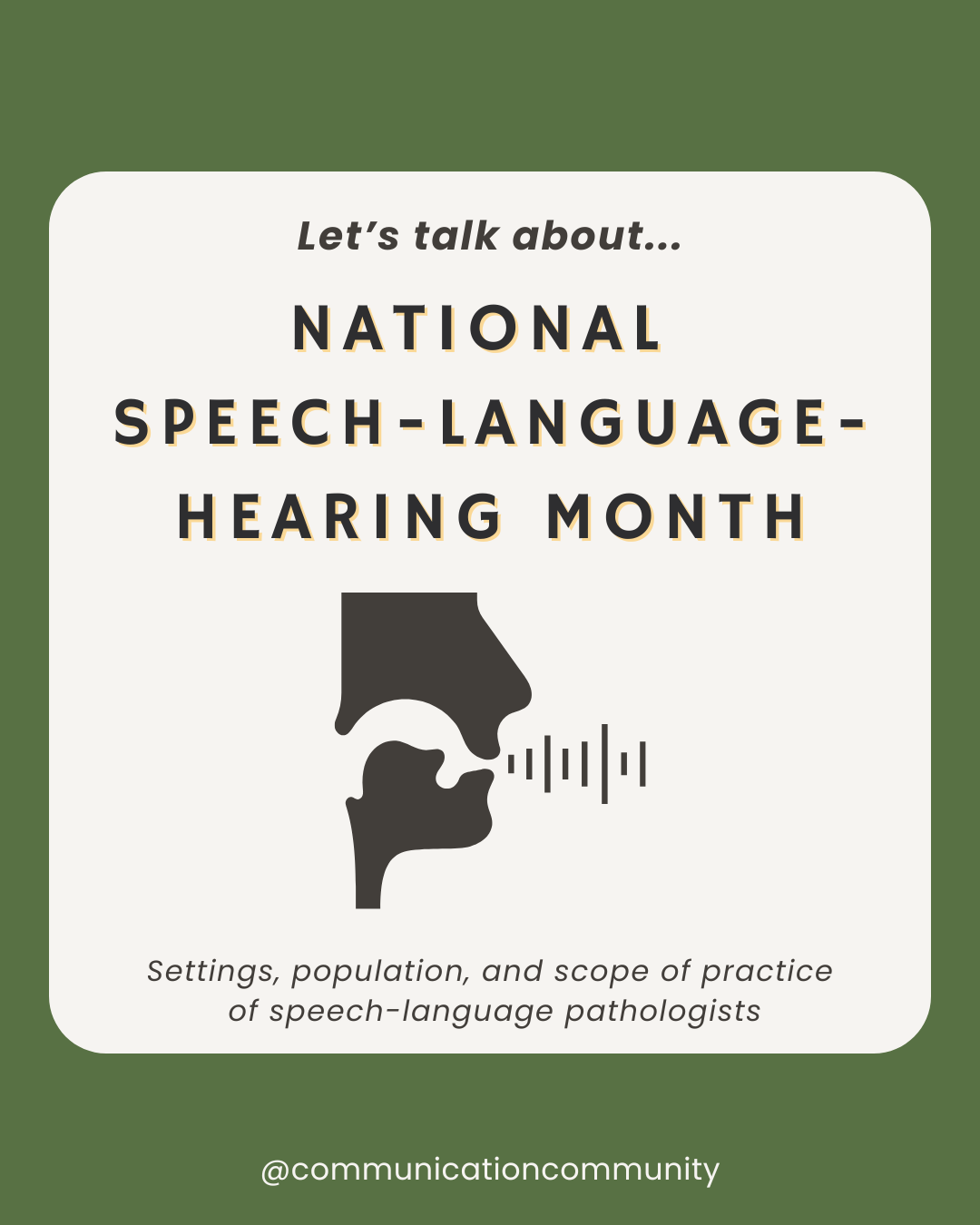Phonological Awareness
Phonological awareness is the ability to detect and manipulate sounds and syllables in words. It is critical for the foundation of a child's literacy development (aka - learning how to read and write). It is one of the milestones required for emergent literacy, in addition to print concepts, alphabet knowledge, and literate language.
Basically, phonological awareness is the awareness that words can be broken down into smaller units, such as:
Syllables
A syllable is a unit containing one vowel sound that can comprise a whole or part of a word. Words can be single or multisyllabic i.e., 2+ syllables.
Example: (wa + ter = water); 2 syllables present
Onset-rime units
The onset is the initial phonological unit of a word (can be a single sound or blended sound) and a rime is the second unit of that word. Not every word contains an onset.
Example: (c [onset] + at [rime] = cat) or (st [onset] + ate [rime] = state)
Phonemes
A phoneme is the smallest unit of sound that can affect meaning. Phonemes are usually represented in IPA symbols (as seen in the example below), the International Phonetic Alphabet.
Example: (/d/ + /a/ + /g/ = dog); if you switch out the phoneme /d/ for /l/, a new word with an entirely different meaning is created (log).
Understanding of syllables, onset-rime units, and phonemes are all key concepts for phonological awareness.
Phonological Awareness Skills
You may not even be aware of it, but phonological awareness skills are often targeted at home, at preschools, and within other academic/therapeutic environments. This is why acquisition of these skills can appear so “natural” to the child. Components of phonological skills, such as learning how to rhyme, are frequently found in the books we read to our children and loved ones. Not only are rhyming books enjoyable for young individuals, rhyming serves a deep purpose to our language development! Encouraging and providing exposure to these forms of phonological awareness skills are important for increasing literacy development. According to Roseberry-McKibbin & Hegde (2016), they include:
Rhyming: identification of words that sound alike (car - star)
Syllable awareness: knowledge of how many syllables are in a word
Phoneme isolation: identifying whether the sound is at the start, middle, or end of a word
Sound blending: blending two or more sounds together, temporarily separated by a few seconds (e.g., “c - a - t --- what animal is that?”)
Deficits in Phonological Awareness
If a child does not have a good solid understanding of these phonological awareness skills as they get older, this can affect their reading and spelling abilities down the road. Early identification of these deficits can increase chances of recommended (speech-language/academic) intervention so that the child does not fall significantly behind.
There are various (formal and informal) assessments as well as classroom/clinical observations that can help indicate if a child would be an appropriate candidate for phonological or literacy intervention. There are strategies that can be targeted within the classroom; however, most often, speech-language pathologists (SLPs) would be providing this skilled form of therapy. SLPs have the background knowledge and skills to appropriately provide a diagnosis for a phonological disorder and individualized remediation strategies for targeting these skills.
Tips for Promoting Literacy Development
Don’t overthink it! Chances are you are already exposing your child/loved one to various emerging forms of literacy (even just holding a book right-side up in front of them). If there are some additional strategies you would like to reference, you can try:
- Reading to your child
- Asking questions about pictures within the book
- Requesting child “turn the page” or “show me ___”
- Pointing to the text to increase understanding of reading left to right
- Asking child to rhyme words you have read
- Pointing and labeling specific letters
- Sounding out letters you are reading
Need some book ideas? Check out some of our favorite books for speech and language development (links included)!
Articulation, Phonology, and Apraxia Goal Bank + Resources Packet
This is an easy-to-use, one-stop-shop packet for the treatment of speech sound disorders (articulation, phonological, & apraxia). Find a goal bank and pages of resources about treatment approaches, speech sound milestones, and more! Get it on Teachers Pay Teachers or on our site!

Citations/further resources:
https://www.readingrockets.org/strategies/onset_rime
https://journals.sagepub.com/doi/abs/10.1111/j.0963-7214.2005.00376.x
Roseberry-McKibbin, C., & Hegde, M. N. 1. (2016). An advanced review of speech-language pathology: Preparation for PRAXIS and comprehensive examination (4th ed.). Austin, Tex.: PRO-ED

